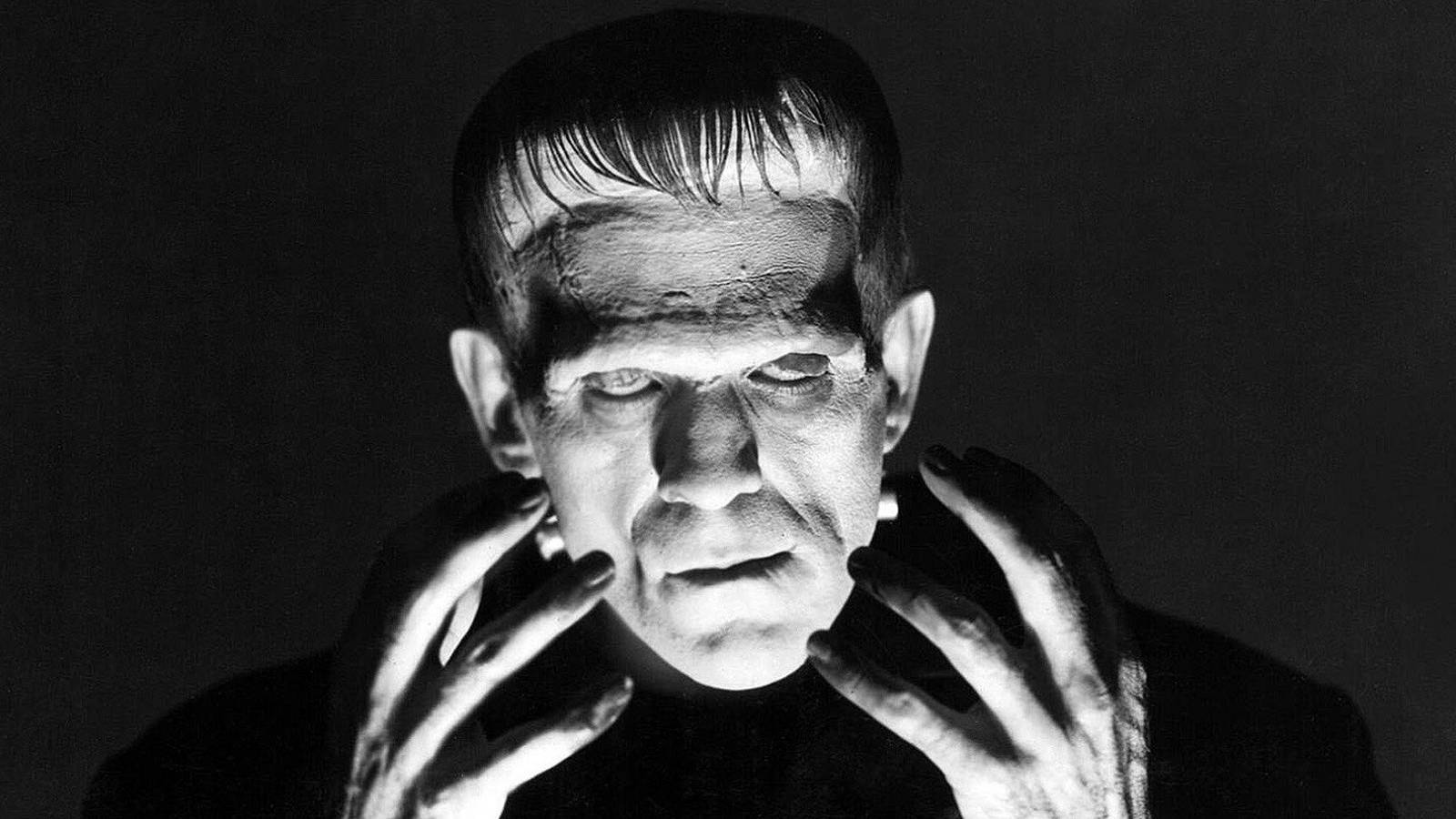Horror movies have the power to tap into our deepest fears, but the past century of scary cinema reveals there’s one thing that frightens us more than anything. Whether it’s timeless classics from masters like Alfred Hitchcock, supernatural stories of ghosts and ghouls, or even modern psychological thrillers, great horror movies tap into our innate anxieties.
The best horror movies of all time have carved out their legacy by addressing our collective sense of dread, and even as technology changes the face of modern society, the things that cause our heart rates to spike remain the same. Ultimately, the past century of horror proves that no matter how much the world evolves, our greatest fear will always remain the same.
So Many Great Horror Movies Exploit The Fear Of Things We Don’t Understand
While jump scares, freaky visuals, and gore are always sure to get a reaction from viewers, the truth is it’s the fear of things we don’t understand that really taps into the deepest recesses of our psyche. Although we might think the scariest things in horror movies are what we see on screen, what’s hidden is far more terrifying.
Whether it’s Alfred Hitchcock’s exploration of the complexities of the human mind and mental illness in Psycho or the implications of religion and demonic possession in The Exorcist, the best horror movies exploit the unknown. With audiences feeling like they’re being provided a glimpse into another realm, scary movies provide a place to explore these questions.
A prime example of this is John Carpenter’s iconic horror The Thing, which leaned into themes of paranoia and distrust as nobody could be sure who was a friend and who was a shapeshifting alien being in disguise. This uncertainty was what made the film so nail-biting throughout, as audiences are forced to reflect on the unpredictable terror of the situation.
Many Great Horror Movies Don’t Even Show The Main Threat Explicitly
Few genres better represent the old adage that less is more than horror movies, the best of which often keep their threat hidden for as long as possible. By keeping a movie’s monster, villain, or killer at arm’s length for as long as possible, tension is built and audiences develop their own anxieties and fears around the unseen threat.
Take a movie like Jaws; the reason it’s remained so iconic 50 years later isn’t because of endless shots of the shark attacking beachgoers, but because Spielberg held the threat back, revealing it only when it would have the greatest impact. This was a masterclass in suspense, and the movie actually became better as a result of less explicit gore.
A fantastic modern example is The Babadook, which featured a monster who embodied concepts of depression and grief in physical form. The power of this film relates to what it had to say about the psychological underpinnings of our mind, and by keeping the monster as a vague, unseen figure, audiences project their own experiences onto it.
Why Fear Of The “Other” Is Such A Powerful Instinct For Audiences
Horror filmmakers relish in exploiting audiences’ fear of the unknown, but a wariness around anything we consider “other” is also an important facet of what makes a good scary movie. Humans are instinctively protective people, and this means that we are very quick to perceive outsiders, strangers, and the unfamiliar as potentially dangerous.
This makes anything considered “other” a perfect symbol for our collective anxiety. From the way that the vampiric Dracula from faraway Transylvania taps into xenophobia to the Cold War paranoia of Invasion of the Body Snatchers, it’s easy to see how classic horror movies connect with the fears of their era.
Horror’s Reliance On Fearing The Unknown Explains Why Sequels Are Rarely Successful
It’s incredibly difficult to make a good horror sequel, and that’s because it no longer has the element of surprise. Audiences come to a horror sequel already knowing too much about its primary threat, and, unless the film subverts expectations, it’s not as scary as its predecessor.
Once the killer, curse, or supernatural foe has been explained, it no longer holds the same kind of psychological power over an audience member who is reckoning with the fear of the unknown. This is why once-terrifying series like Halloween, A Nightmare on Elm Street, and Friday the 13th become mere shadows of their former selves with each sequel.
The exception to this is sequels that find a way to reinvent themselves and give audiences a reason to return to theaters. This was seen in the way Evil Dead II kept things interesting by shifting the tone, Scream 2 satirized the very idea of sequels, and The Conjuring 2 expanded the lore of its supernatural universe.
Horror Movies Remain A Stark Mirror Of Real Life, Even In 2025
The best horror movies remain effective because they powerfully reflect real-life circumstances. The reason that we all collectively fear the unknown is that unforeseen circumstances impact our lives every day, and at a moment’s notice, our entire existence can be turned upside down by a threat we never saw coming.
Looking at the horror movie landscape in 2025, it’s clear we are still reckoning with the same innate fears our ancestors battled, and these are the exact things our descendants will be forced to confront. While modern horror movies incorporate current technology, politics, and social upheavals into their stories, at their core, they are addressing our unchanging primal fears.
Source link
